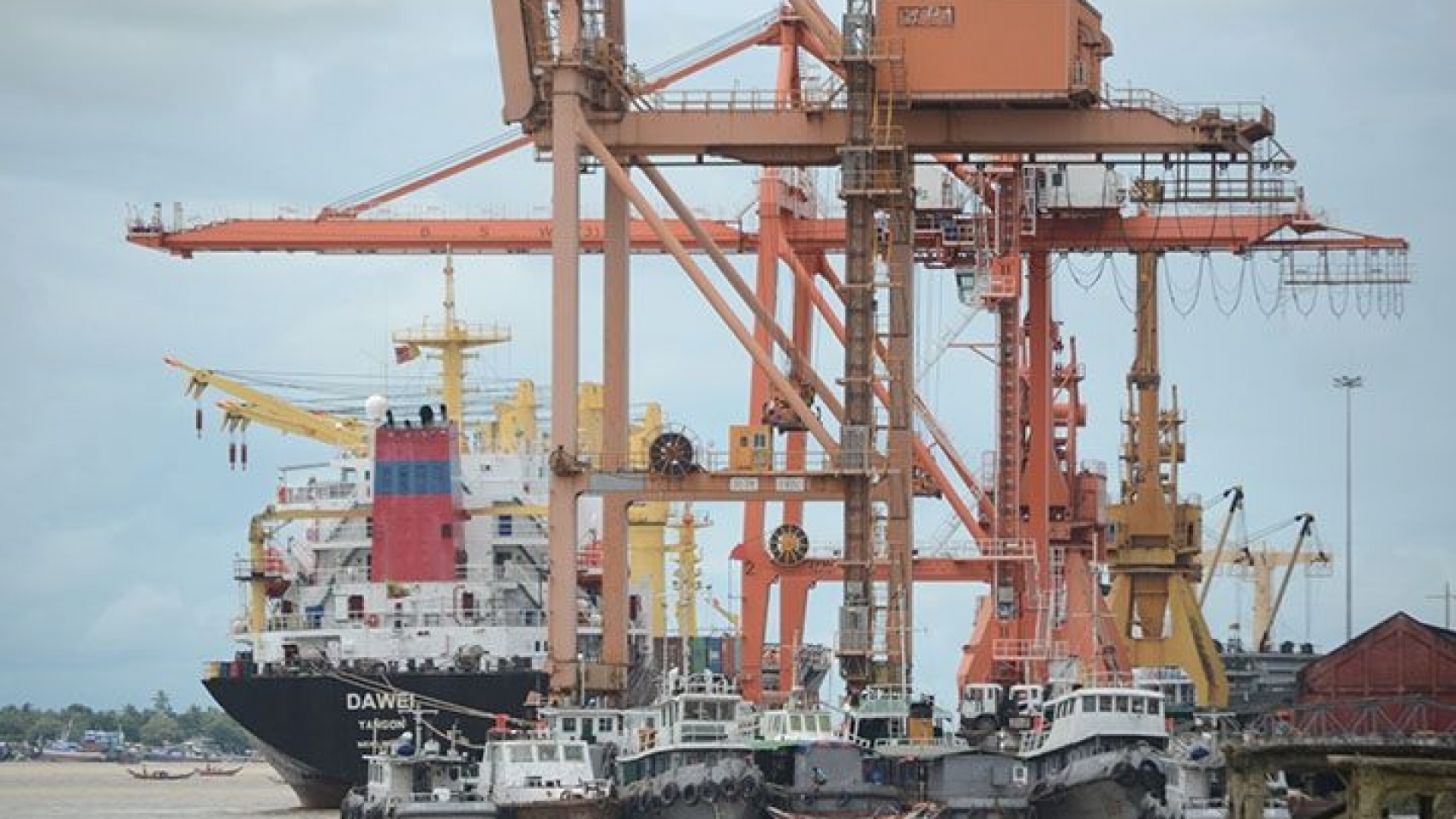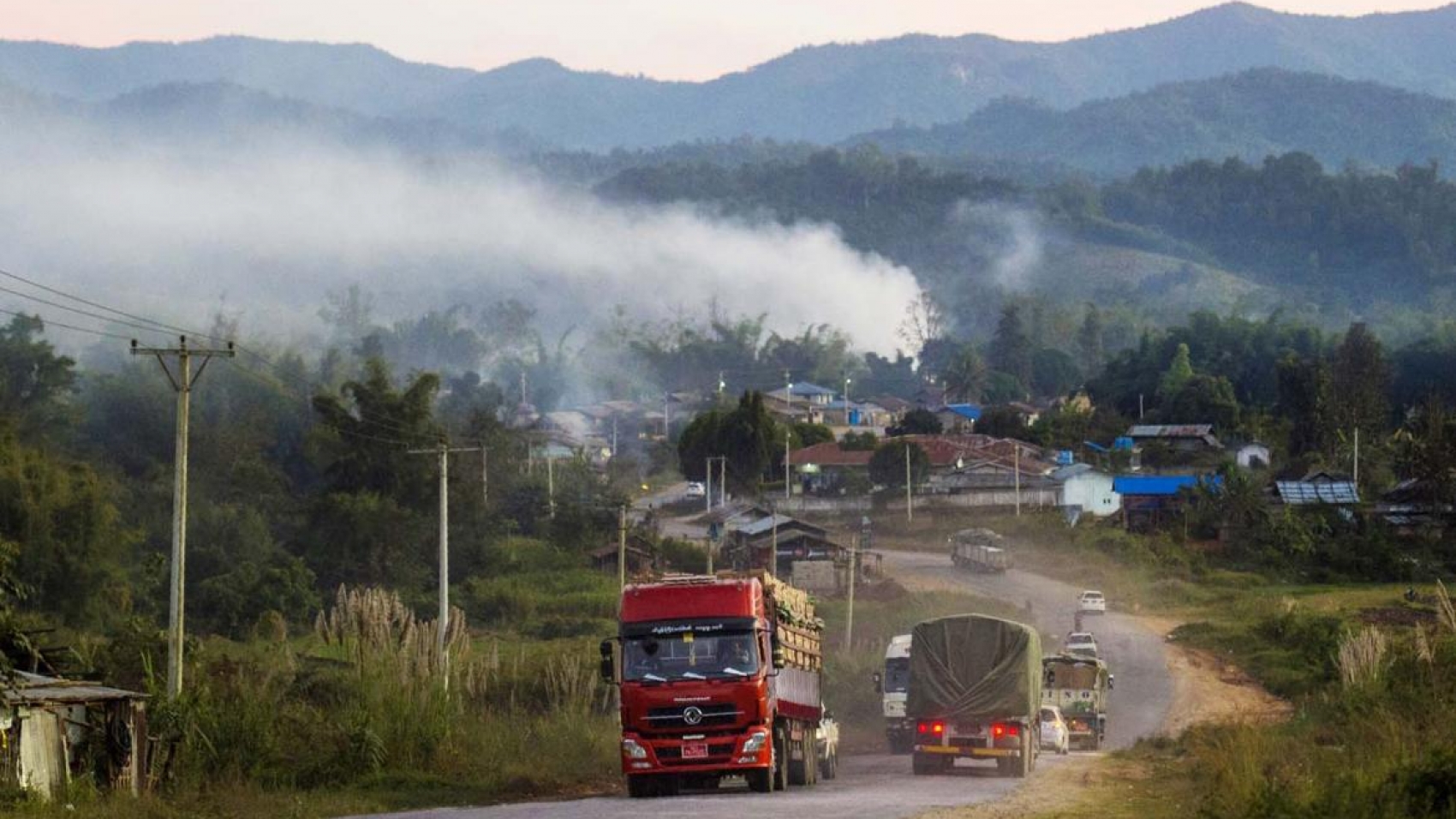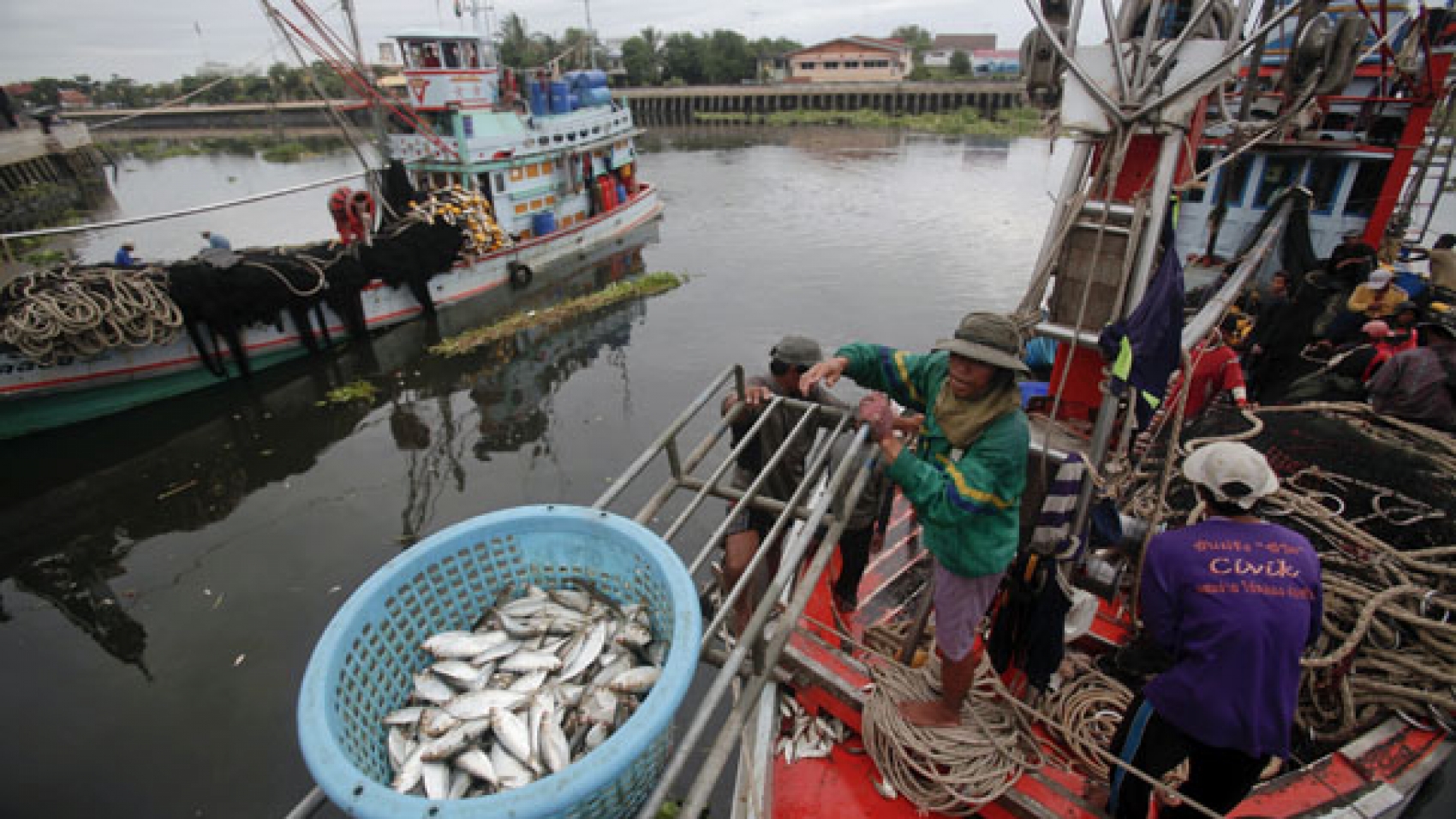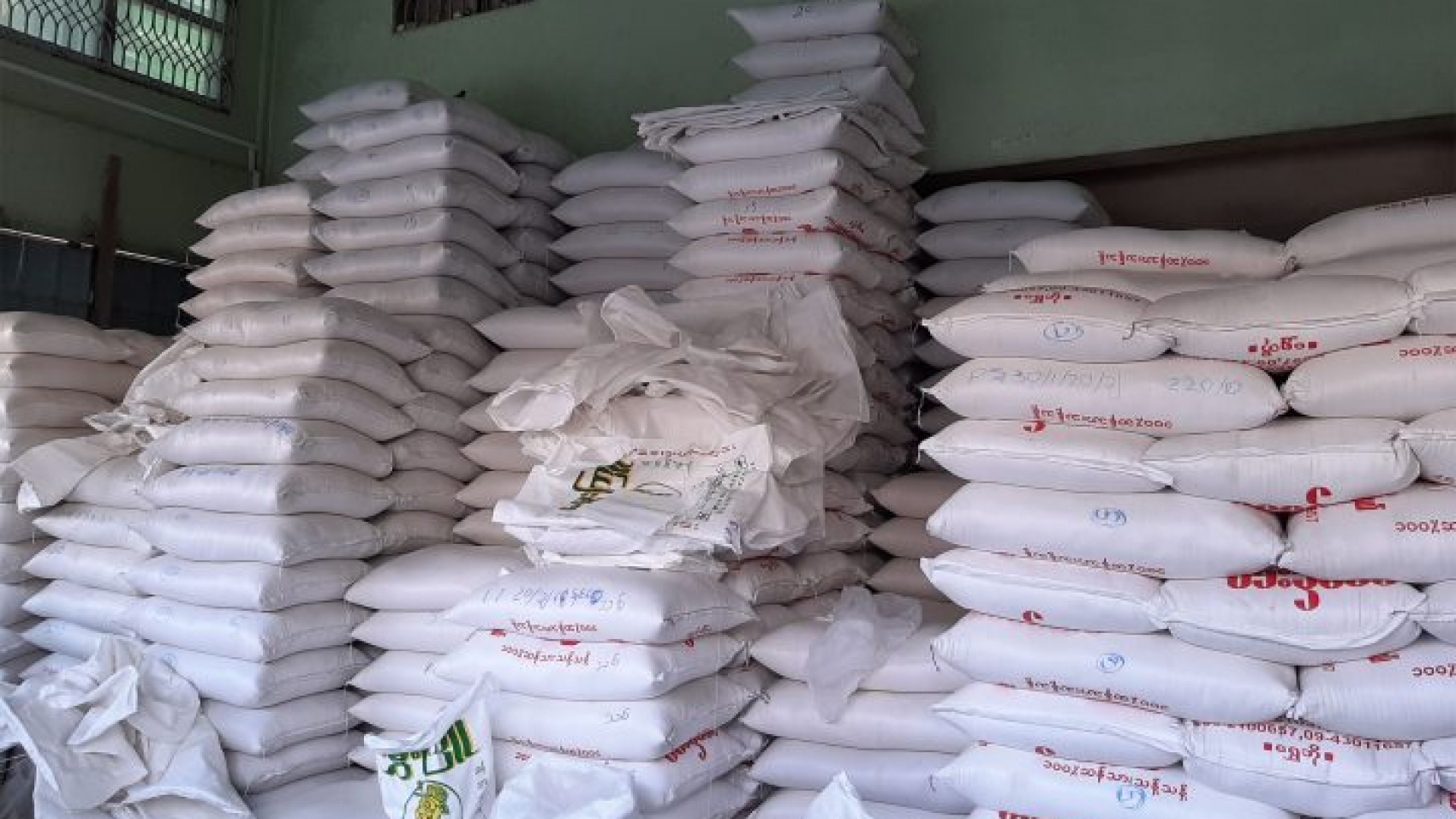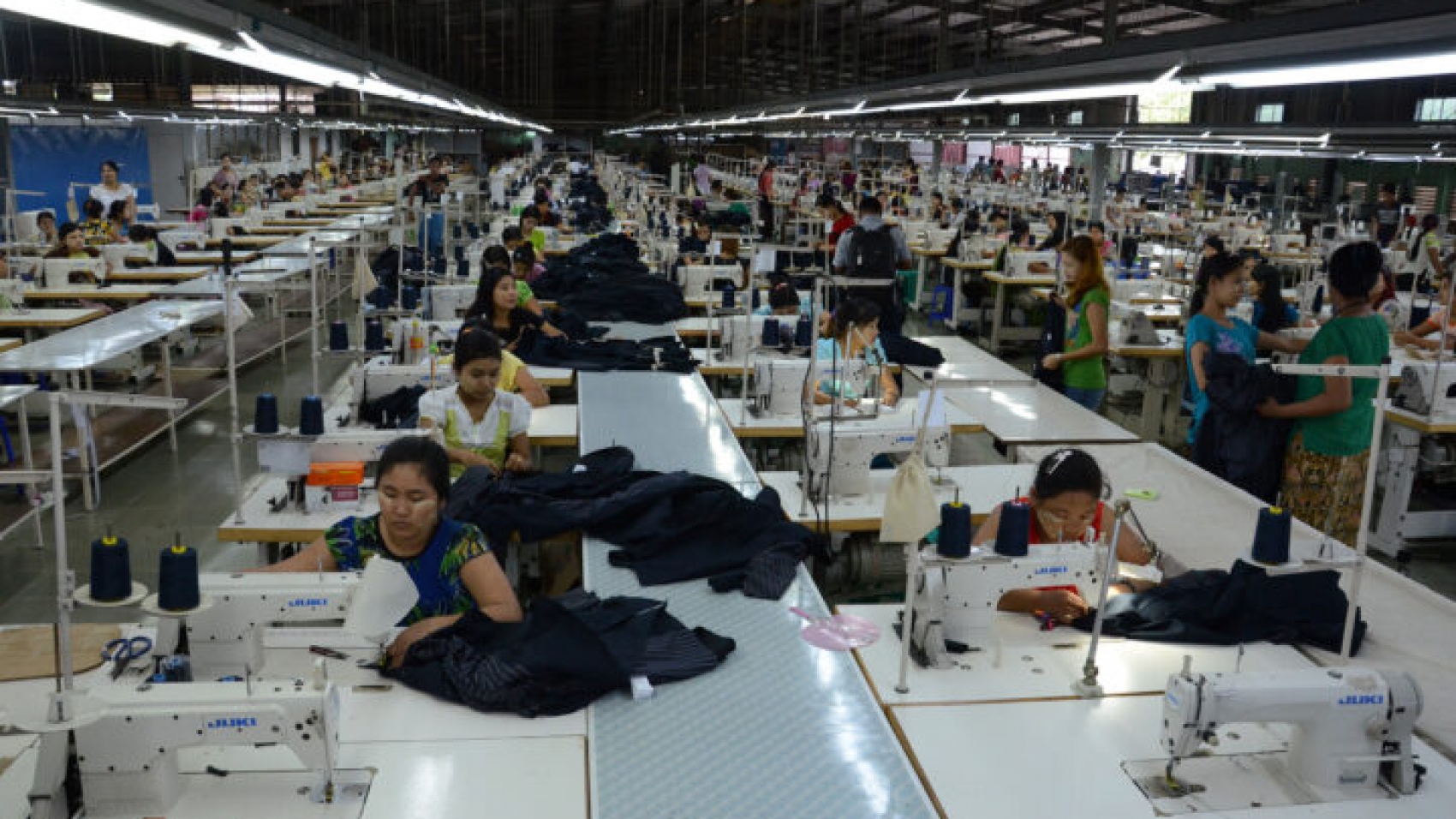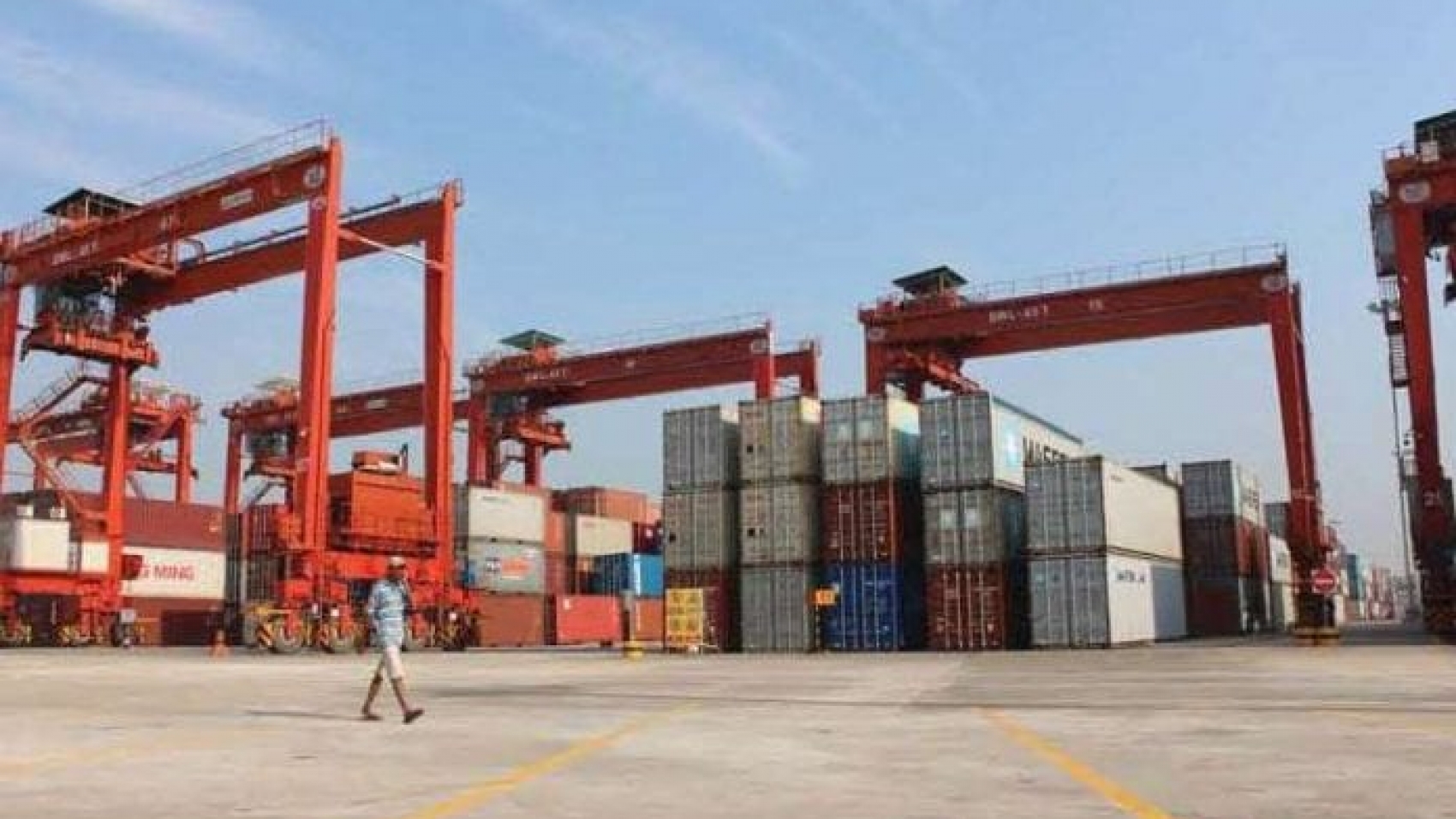The value of Myanmar’s maritime trade over the past eight months (1 Oct-4 June) of the current financial year 2020-2021 sank to US$13.275 billion, a drastic drop of over $4.77 billion as against the year-ago period, according to the Ministry of Commerce. While maritime exports were valued at $4.45 billion, imports were registered at $7.82 billion. Compared to the same period in the 2019-2020 fiscal year, imports fell by $3.49 billion, while exports reported a decrease of $1.28 billion. Meanwhile, the value of trade through the border this FY was estimated at $7.18 billion, a decrease of $842.5 million as against a year-ago period.
Myanmar witnessed a slump in exports and imports triggered by the coronavirus pandemic. Both sea trade and border trade dropped amid the coronavirus impacts and the political changes. The neighbouring countries tightened the border security and limited the trading time to contain the spread of the virus. For maritime trade, disruption in the logistic sector, the suspension of some ocean liners and the pandemic-induced container shortage somehow scaled-down the maritime trade. Additionally, the lack of money in circulation due to the closure of private banks decreases economic efficiency, an exporter stressed.
Over the past eight months, the country’s total external trade touched a low of $20.46 billion, which plunged from $26.08 billion recorded in a year-ago period. Myanmar’s sea trade generated $26 billion out of an overall trade value of $36 billion in the last FY2019-2020, the Ministry of Commerce’s statistics indicated. Myanmar exports agricultural products, fishery products, minerals, livestock, forest products, finished industrial goods, and other products. On the other hand, it imports capital goods, consumer goods, and raw industrial materials. The country currently has nine ports involved in sea trade. Yangon Port is the main gateway for Myanmar’s maritime trade. It includes the Yangon inner terminals and the outer Thilawa Port.
Source: The Global New Light of Myanmar

